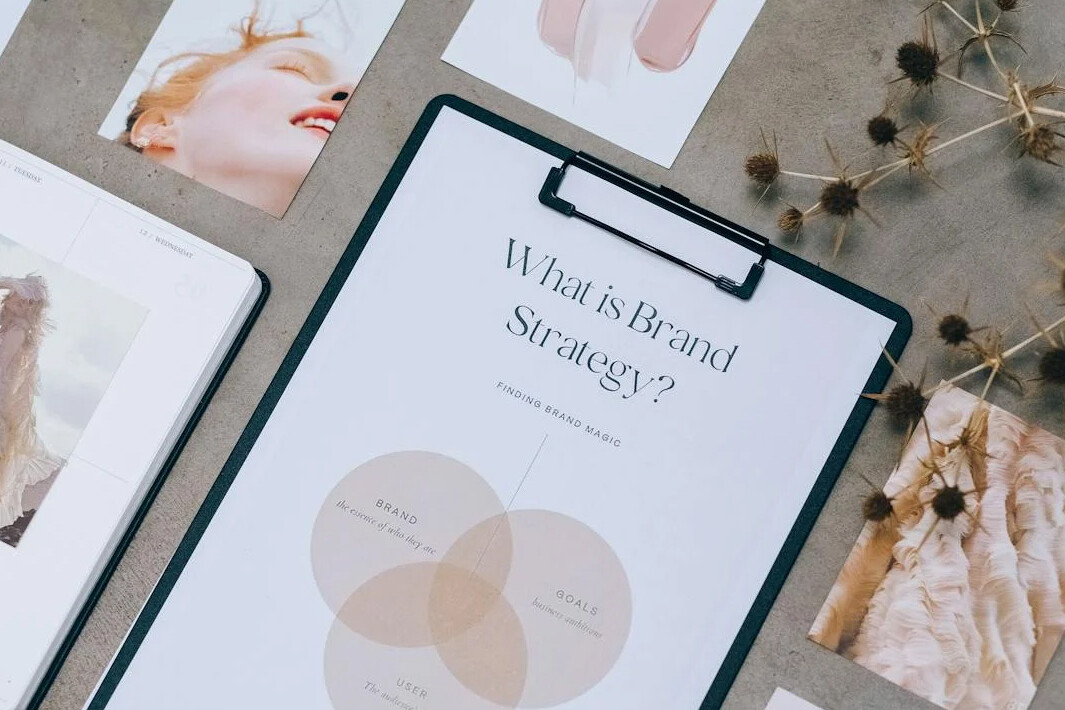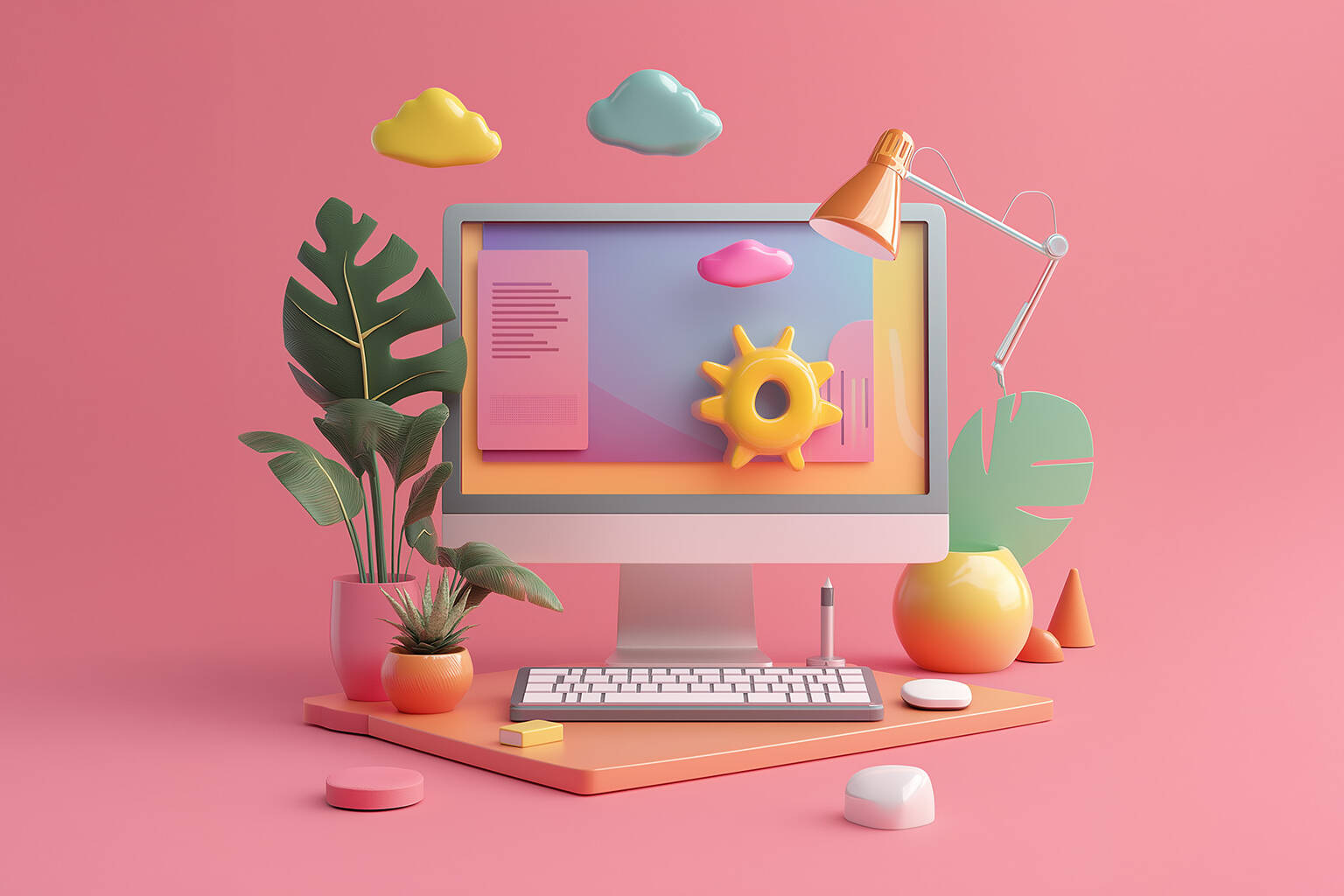When people think about colour we each have personal associations that are based on preference and cultural connotations. Your brand design should absolutely reflect your own taste and style but also connect with your audience in a strategic way. Colour is the most powerful design element that we can use to convey a feeling about your brand, research suggests people make a subconscious judgment about a product within 90 seconds, and 62% to 90% of that assessment is based on colour alone. Let’s look at the latest research on colour and learn about the science and psychology of colours relating to brand design.
The Science & Psychology of Colour
Complementary colours and why they are so powerful to our eye
Complimentary colours are those which are opposite each other in the colour wheel, in the different ways shown below. We almost always try to incorporate complimentary colours in our brand designs. The colours are pleasing to the eye and the natural contrast they create gives high impact.

Highlights from The Scientific Reason Complementary Colours Look Good Together:
- Complementary colours are especially pleasing to the eye because different types of photoreceptor cells, which contribute to colour vision, perceive different types of light in the colour spectrum.
- Complimentary colours appear especially dynamic since they play off of one another’s intensity. Your eye wants to see that explosive pop of yellow alongside the purple wall and the complementary colours seem to sooth and balance, since they simultaneously stimulate different parts of the eye. It’s a natural example of opposites attracting.
Colours & Their Emotional Connection
A colour psychology study looked at Why Links Between Colours and Emotions Seem to Be Universal
Highlights from the study:
- Most colours were associated with positive emotions
- Darker colours — brown, grey, and black — were associated with negative emotions
- Red was the most controversial colour. For some, it was a very positive colour — of passion, love, and desire. For others, it was a negative colour — of danger, anger, and hate.
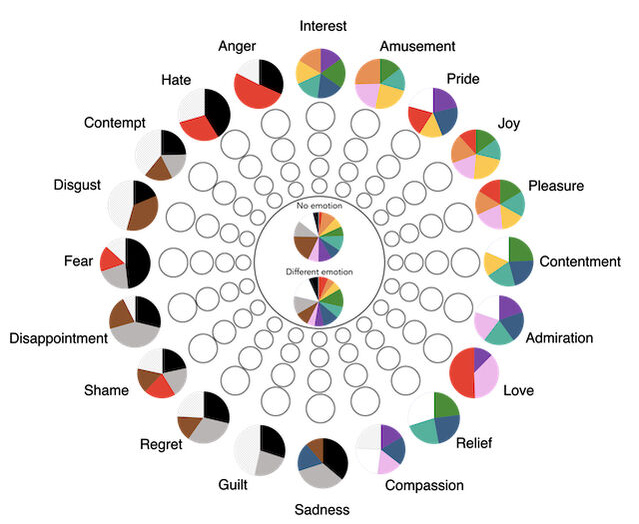
Colour & Gender Connotations in 2025: Does it Matter?
Where did “pink for girls and blue for boys” come from?
From How Pink And Blue Became Gender-Specific: Around the turn of the century, both sexes wore easily bleached white dresses up to age 6, meaning that gender neutral clothing was the norm. Then things slowly shifted. The baby boomers in the 1940s were the first to be dressed in the sex-specific clothing that Americans are familiar with today. Boys and girls were dressed like miniature men and women instead of uniformly in children’s dresses.
These connotations are now ingrained in our cultural consciousness so something to consider when selecting colours for your brand design.
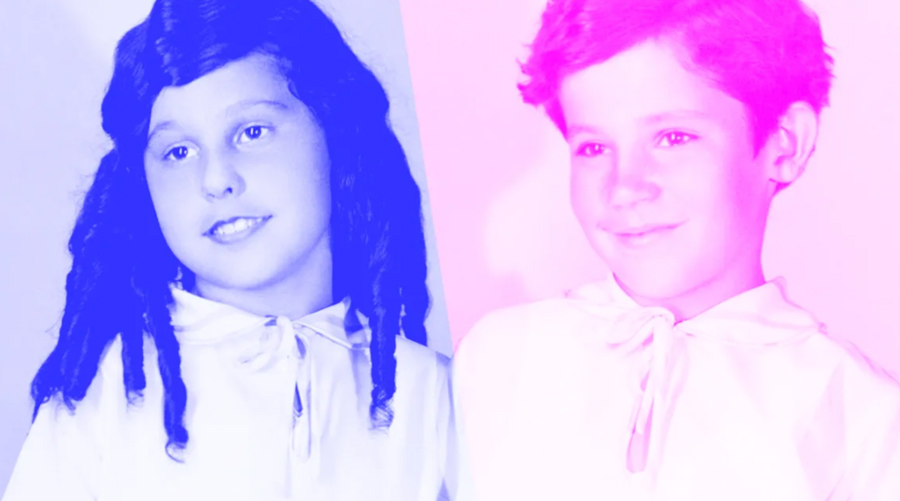
An interesting study looks at this specifically — English colour terms carry gender and valence biases: A corpus study using word embeddings:
- Empirical studies, focused on colour preferences and colour connotations, have demonstrated that pink is considered to be a feminine colour and blue a masculine colour. Pink further represents groups of low social power and low social status. Accordingly, adult women might shun pink to avoid being associated with these representations.
- Red, on the contrary, represents being in power, dominant, and of high social status. These representations potentially explain why adult women like red and why red carries both positive and negative connotations. When it comes to valence, pink and blue both have been associated with mainly positive emotions, although blue has been also associated with sadness.
Brand Colours & Their Popularity by Industry
Is it important to use colours that are inline with your industry and what is typically expected? Generally.. probably. There are reasons certain colours are psychologically universally associated with specific brands, products, and industries.
Research on colour differentiation in the marketplace highlights how certain industries frequently use particular colours. Highlights:
- blue is used in over 75% of credit card brand logos, and 20% of fast food brand logos.
- Red, meanwhile, is found in 0% of apparel logos — but over 60% of retail brands.
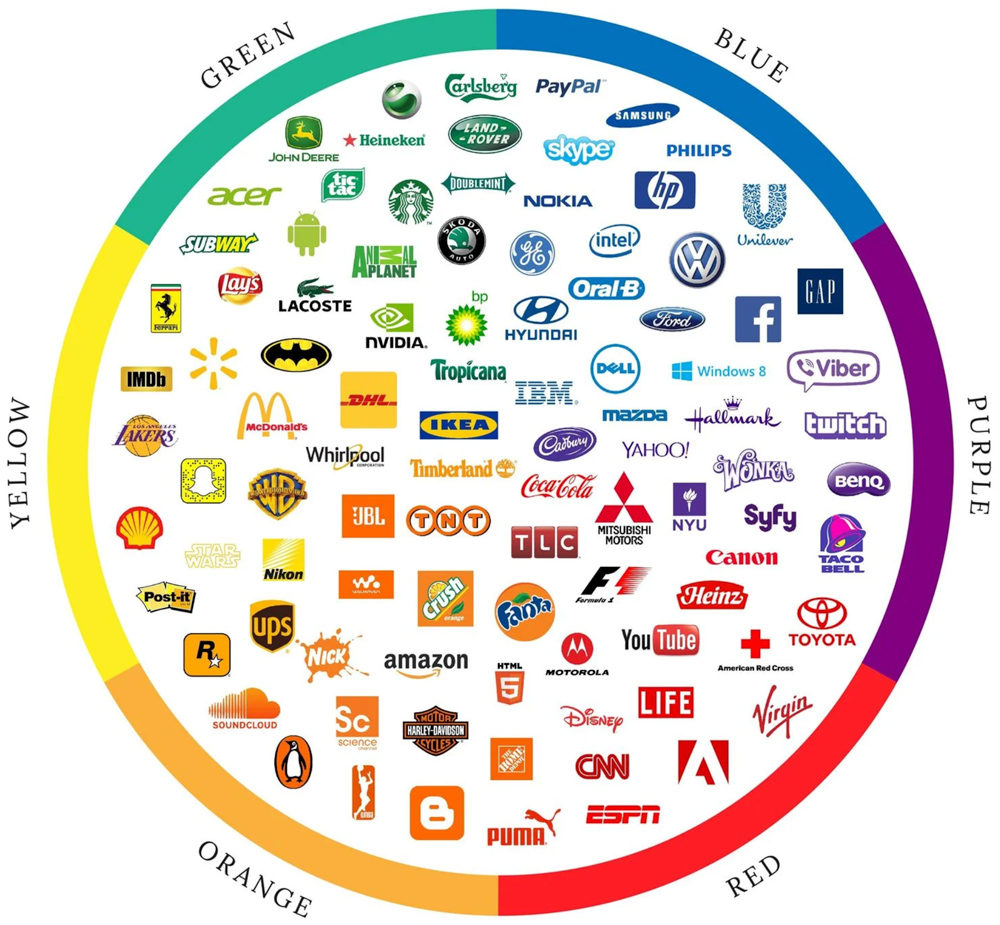
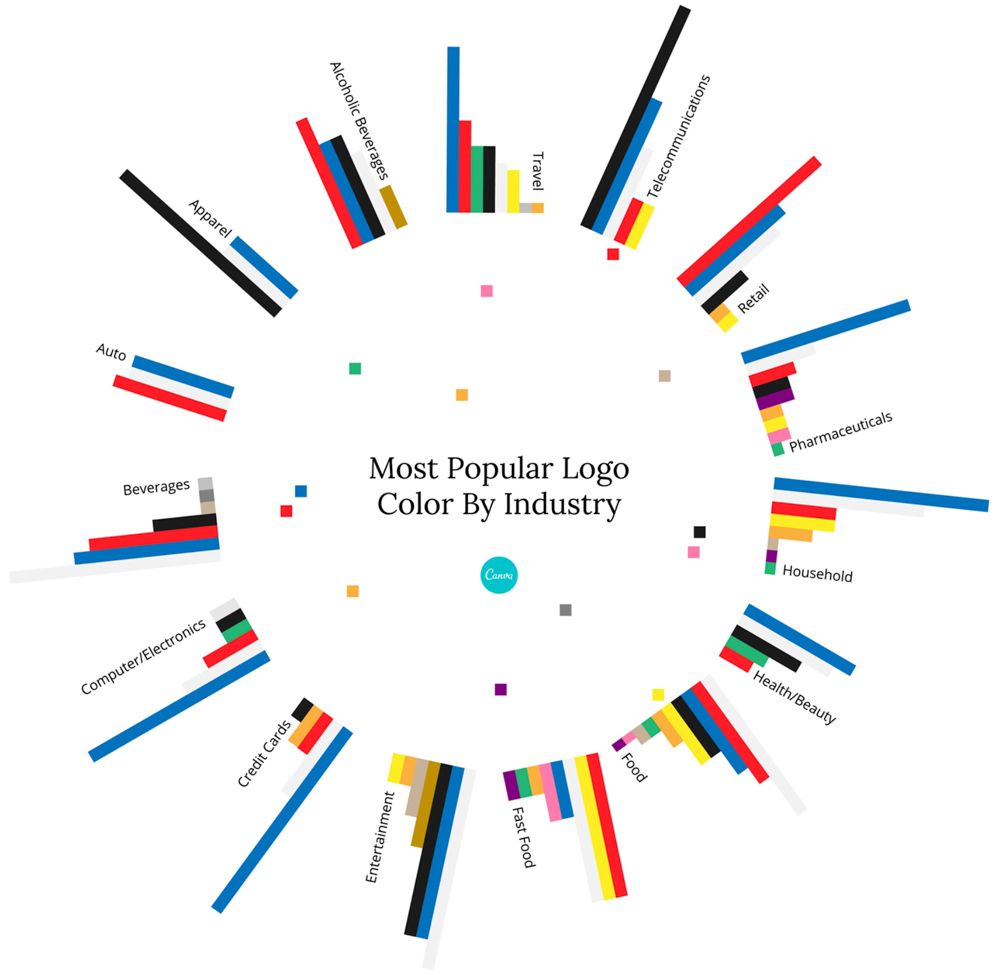
On this subject
Brand style and originality as a powerful strategic advantage
Creating a strong logo and visual identity is critical to the success of your brand, whether this be your organization, business, product or your self-promotion. Universe specializes in creating one-of-a-kind branding that is unlike the stock, generic logos you will see our competitors create. We are artists first and have a keen eye for contemporary design trends and a love for modern, minimal design.
Why It’s Better to Hire a Professional Design Studio vs. Using AI
Thinking of using AI for your branding? Discover why working with a professional design studio offers deeper strategy, emotional connection, and brand consistency.
Thinking about re-designing your website? Some tips to get you started
A core Universe design service is website design + development. We have been refining our process and are constantly studying best practices in minimal design. We are specialists in Wordpress websites, SEO, AODA (accessibility) and are here to share our knowledge with you to ensure your next website is your last one.
Ready to get started?
Get in touch if our work speaks to you and if we can help with your project.
